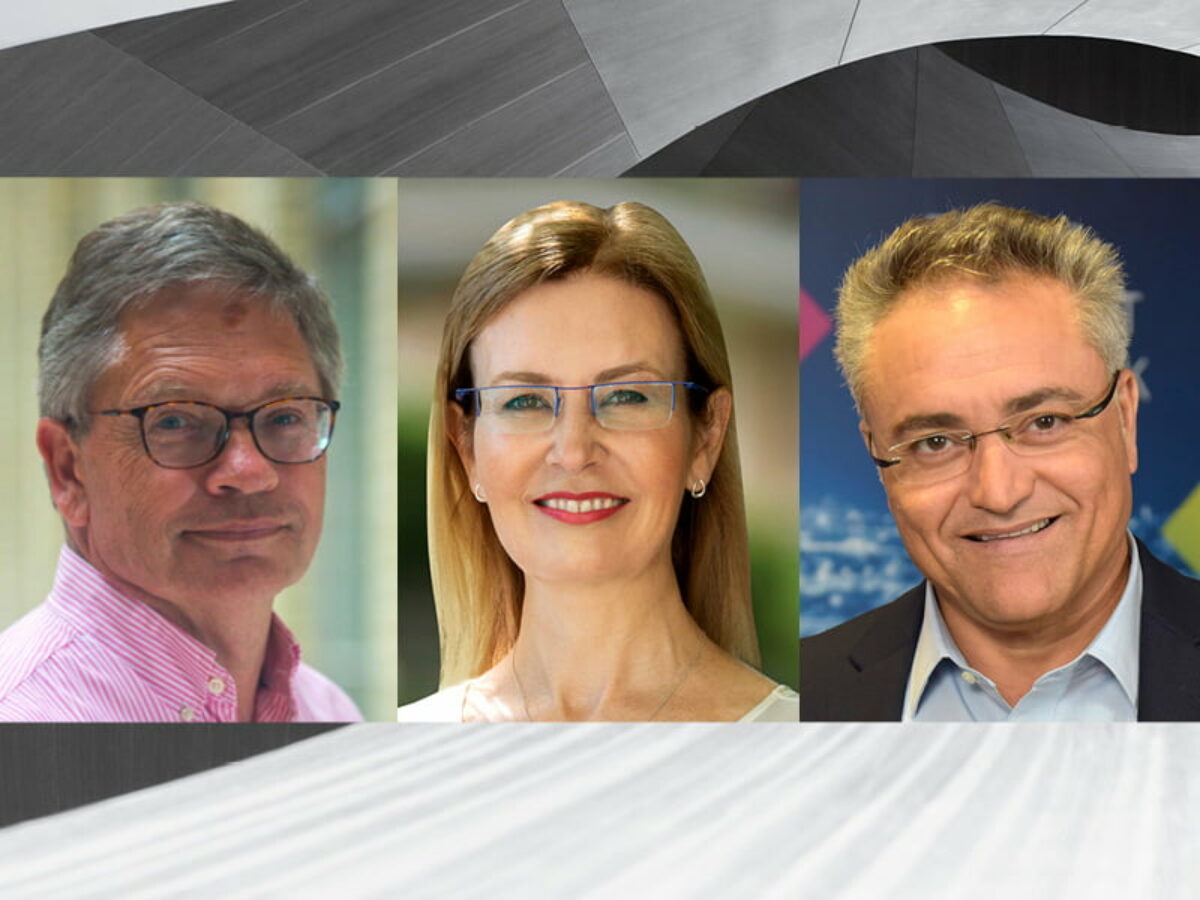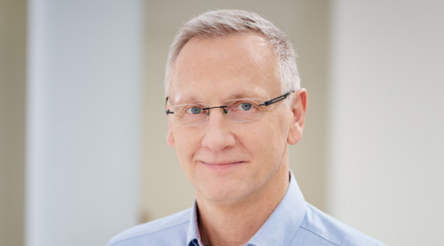NSW eyes Israeli ecosystem to build on local R&D

By Liam Tung
The NSW government is aiming to boost R&D in the state via Parliamentary Secretary Gabrielle Upton’s new advisory council. But what’s the best way for the government to support startups, industry and academia to create new jobs and foster investments?
To find possible answers Upton recently participated a roundtable hosted by the Australia-Israel Chamber of Commerce (AICC) to discuss her R&D Advisory Council’s plans. She was joined by NSW chief scientist and engineer Hugh Durrant-Whyte, and Israel Innovation Authority vice-president of International Collaboration Avi Luvton. You can view the full roundtable discussion here.
“We’ve got fantastic inputs, we’ve got 11 great universities, and now in a COVID environment, the lowest sovereign risk of many places around us,” Ms Upton said.
“We’re a desirable global city, we’ve got a large cohort of tertiary educated people in our state. But when you look to what the outputs are to all those great inputs are, they lag. We’re not alone. Australia as a nation similarly has world class inputs but outputs in terms of innovation are much lower and they don’t come anywhere close to those of Israel,” she said.
Professor Durrant-Whyte said the NSW was “still beginners in this area”, and he’s looking at mechanisms used by Israel’s Innovation Authority to support its thriving startup scene.
Among the top tech firms to emerge from Israel are Waze, which Google acquired for US$1 billion in 2013; MobileEye, an autonomous driving startup bought by Intel for US$15 billion in 2017; and NASDAQ-listed cybersecurity firm, Check Point.
While Israel draws on technical expertise developed within the Israel Defense Forces the tech scene is also backed by multiple government programs that foster connections between entrepreneurs and academia for the commercialisation of new and risky ideas.
“There’s a lot of cultural change that needs to happen, not just in New South Wales, but Australia around the way we take risks, translate good ideas, and allocate capital and funding,” said Prof Durrant-Whyte.
The Advisory Council also needs to learn lessons about the way intellectual property is managed, how it might pick winners, and how government can foster innovation mechanisms.
Prof Durrant-Whyte plans to make some recommendations “in the next couple of months.”
The Israel Innovation Authority was officially named in 2016, but its function has existed in Israel since 1971 so it has had decades of experience behind the structure of its incentive programs.
“We are the only government authority that is monitoring the innovation ecosystem and we are just one actor in this ecosystem,” Mr Luvton said.
“Quite unique in Israel are two things. The first is the involvement of the Army, of Defense in this ecosystem. Secondly is the culture in Israel – not fearing to take risks, even encouraging it and that we are small, very vibrant, very dynamic.”
The Innovation Authority consists of six divisions, including growth, technological infrastructure, international collaboration, advanced manufacturing, and societal challenges. Each division monitors different areas of Israel’s tech ecosystem.
Mr Luvton stressed the authority was not a venture capital organisation and was neutral about whether projects it invests in fail.
“We are looking at a macro level and if a startup fails, it doesn’t really matter because of the know-how and because the assets have not disappeared — they are waiting for other places,” he said.
Prof Durrant-Whyte said his organisation thought of itself as “pre-investment” and a vehicle to “get an idea up.”
All Israel Innovation Authority programs involve a competitive tender process, with applications evaluated by a committee of experts who decide what proposals to back.
Typically, the Innovation Authority has 15 programs running at any one time and each of them runs for three years. Selected programs consist of 10 to 15 members that include researchers from academia, companies and sometimes customers.
“They are dealing with the early stage of the technology and we provide funding for such a consortium,” he explained.
Companies receive about two-thirds of their expenses while academic participants receive 100 percent, of which 80 per cent is from the authority and the remainder from companies in the consortium.
Inventors in the program retain ownership of their intellectual property (IP), however other members of the program gain a license to use the technology.
The international collaboration program focuses on technology transfer between academia and Israeli companies.
“Mainly it’s a collaboration between Israeli or foreign academia to an Israeli company and we try to transfer the technology being developed in those research institutions to the Israeli company,” he explained.
Another program supports R&D within startup companies in incubators. The authority funds up to 85 per cent of each startup’s R&D expenses of those startups that are accepted into an incubator.
Picture: Hugh Durrant-Whyte, Gabrielle Upton and Avi Luvton
This article first appeared at InnovationAus. View the original version here.
Subscribe to our free @AuManufacturing newsletter here.
Topics Manufacturing News Technology
@aumanufacturing Sections
Analysis and Commentary Awards Defence Manufacturing News Podcast Technology Videos










